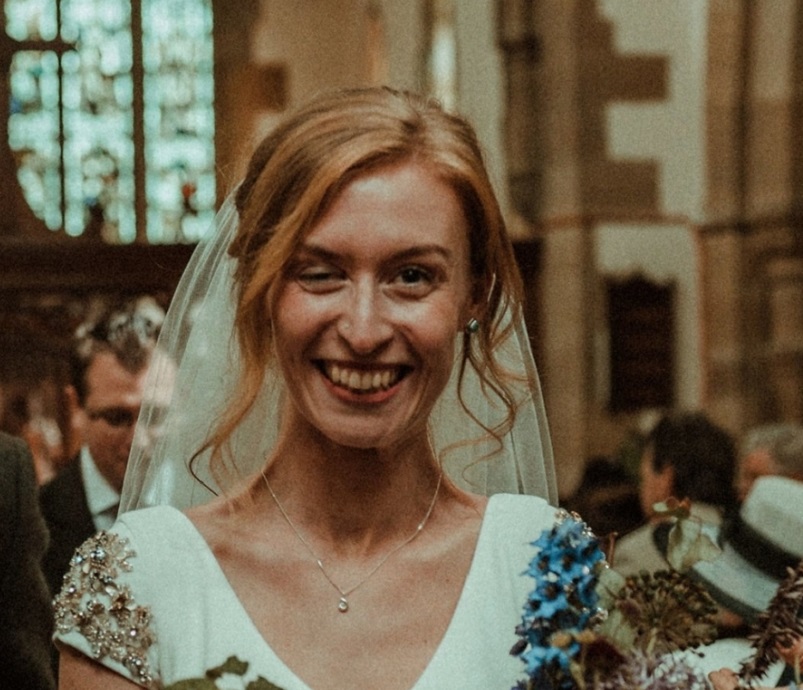When I was born, my right eye was fully closed due to nerve and muscle damage.
Between the ages of 10 months and four years, I had three operations to improve the positioning of my eyeball and lift my eyelid. Although the operations achieved a lot, I have grown up with a visible difference, a ‘lazy eye’ (a term which I have grown to hate). I also have very limited sight in my right eye.
I have often struggled with confidence around my appearance, particularly when I was at school, when other children would ask questions and make comments (as children always will).
At primary school, I had to wear an eye patch daily, which prompted a lot of not-so-creative name-calling at first. Conversely, the patches came with sparkly animal stickers, which my friends used to fight over when I took my patch off each day!
I realised that I could either let my visible difference hold me back, or I could embrace it and live my life to the full.
As social media became more prevalent when I was a teenager, I became increasingly conscious of my appearance. I spent a lot of time trying to hide my eye – trying different photo angles, hairstyles, makeup, sunglasses – with limited success. Any comments or questions about it would reinforce my insecurities and feel like a huge step backwards.
Gradually over time, I realised that I could either let my visible difference hold me back, or I could embrace it and live my life to the full. It is an ongoing challenge, but I now try not to let insecurities around my eye overrule the decisions I want to make.

Florence’s right eye is partially closed due to ptosis, which causes drooping of the upper eyelid.
A big moment for me was when, at 15, I ran for – and was nominated as – head girl at secondary school, meaning I had to stand up and speak in front of lots of other teenagers on numerous occasions (my greatest fear at the time). It turned out that, when I put my insecurities aside, I loved it and this empowered me.
I decided to take a gap year to travel before starting my degree at Oxford University, followed by a Master’s degree at Bath. I am now a Chartered Building Surveyor, specialising in my passion: historic buildings. In 2017, I channelled my experience into a positive – and pushed my own boundaries – by running the London marathon for charity.
I still have the occasional wobble and even questioned whether to submit this story. Certain situations are always going to be challenging when you live with a visible difference: current circumstances, with Zoom meetings and now face coverings, are tricky examples of this.
Having a visible difference can be challenging, but it can also drive you to live the life you want.
At 28 years old though, I largely feel happy with how I look, and I have become better at managing my condition and my anxieties surrounding it. I strongly believe that the difficulties I have faced have contributed to my strength, drive and resilience. If I was given the option to change my appearance now, I can honestly say that I wouldn’t change a thing.
I really empathise with young people going through a similar experience. My advice would be to be patient with yourself, as it will be tough at times. Family and friends can be a brilliant support and can give you a healthy dose of perspective!
Over time, try to take pride in your unique experience, and think about what you have gained from it. Having a visible difference can be challenging, but it can also drive you to live the life you want.
